Baltimore’s Crime Turnaround: How Former Offenders Are Helping Make Streets Safer
Baltimore, once known for its high crime rates, is now showing strong signs of recovery. Thanks to efforts focused on community involvement and a fresh approach to public safety, gun violence in the city has dropped faster than in any other major city in the United States, according to the Center for American Progress.
The major shift has come not just from law enforcement but from people who once lived on the other side of the law.
A New Approach to Fighting Crime
One of the key strategies Baltimore has used to reduce crime is involving people who used to commit it. This might sound risky at first, but it’s proving to be a smart move. These individuals understand the streets better than anyone else, and they know how to connect with those still caught up in violence.
Sean Wees: From Victim to Community Leader
Sean Wees grew up in Brooklyn, a neighborhood in South Baltimore, and he saw violence up close. In 2015, his younger brother Nadeem was killed in a shooting at just 24 years old. That tragic moment made Wees re-think his life.
Instead of walking away from his troubled community, he joined Safe Streets Baltimore, a city-run program aimed at stopping violence before it happens.
This program, started in 2007, treats gun violence like a public health issue and uses “trusted messengers”—people from the community, often with criminal backgrounds—to reach out to those at risk.
How Safe Streets Works
Wees and his team wear bright orange uniforms as they walk through the city’s most dangerous areas, also known as “hot zones.” They don’t just patrol—they step in to mediate conflicts, offer support, and provide help like food or job training. Their presence shows people that someone is there for them, not to punish, but to help.
This connection with the community makes a big difference. According to city leaders, this method helped Brooklyn go 472 days without a single homicide. Across the city, gun-related deaths have dropped by 45% over the last six years, based on CBS News analysis.
A Growing Trend Across the U.S.
Baltimore isn’t the only city trying this new model. Programs like Safe Streets exist in other places too—such as Chicago, Philadelphia, and Richmond, California. Studies show that these efforts have helped lower shootings and killings by more than 30%.
Forty-one states in the U.S. now support funding for violence intervention programs, according to the advocacy group Everytown. This shows a growing belief that reducing crime needs more than just police action—it requires community help.
Leadership with a New Vision
Baltimore’s Mayor, Brandon Scott, believes that expecting police to carry the entire burden of stopping violence was a mistake. He says that to really fix the problem, we need to involve people who have lived through it and truly understand it.
Even with all the progress, Sean Wees remains cautious. He knows the program has helped, but says there’s still a lot of work to do. He sees this as a journey, not just a quick fix.


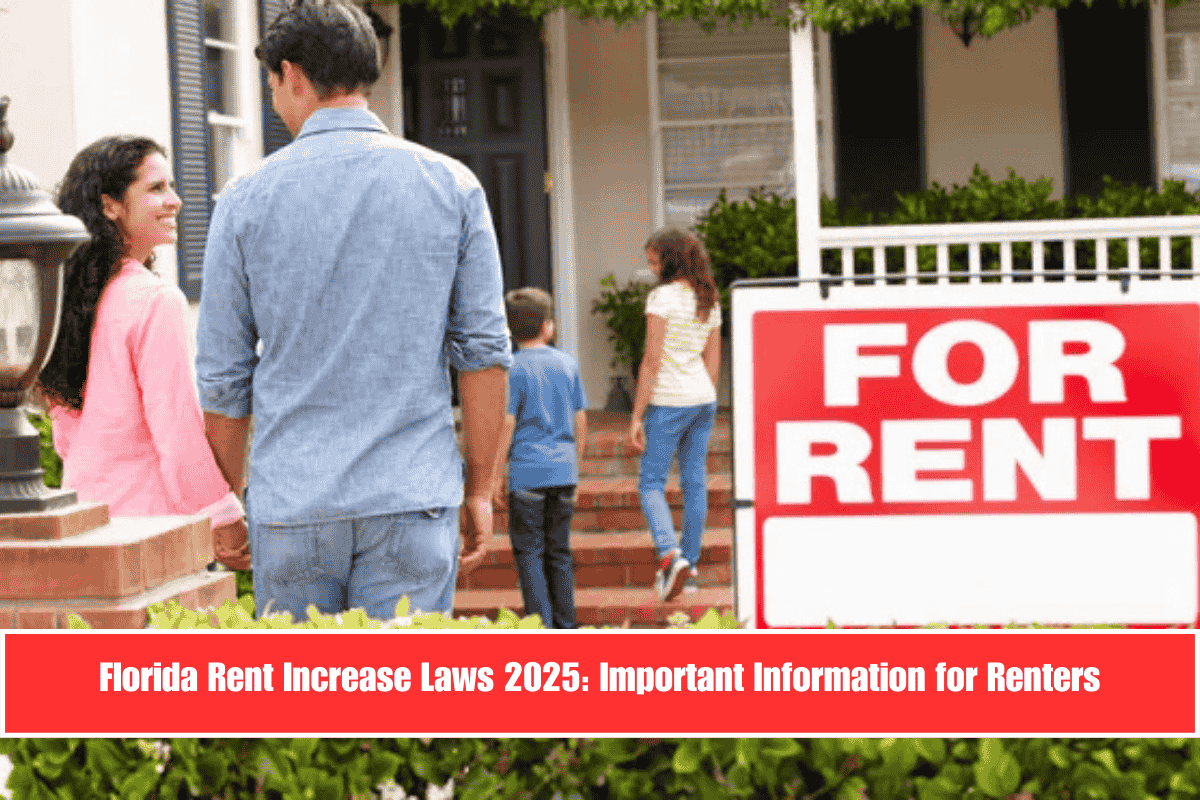
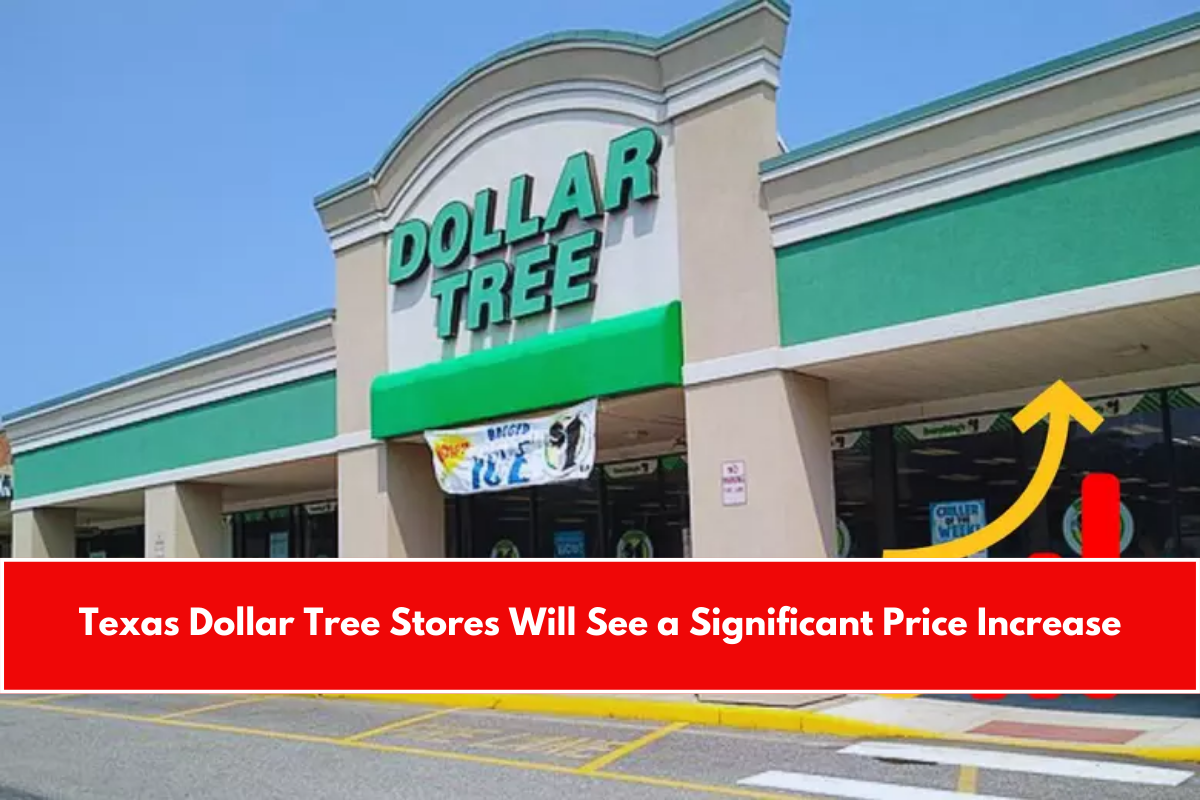



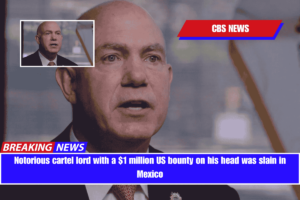


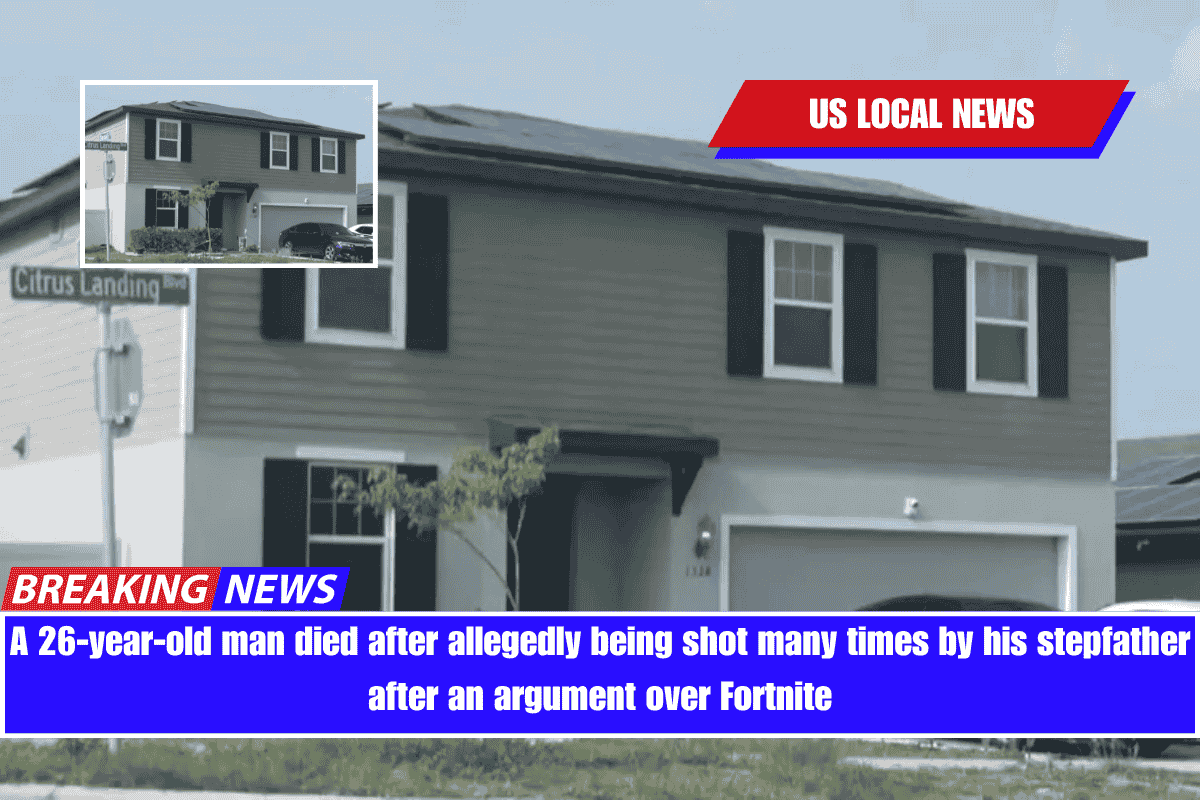
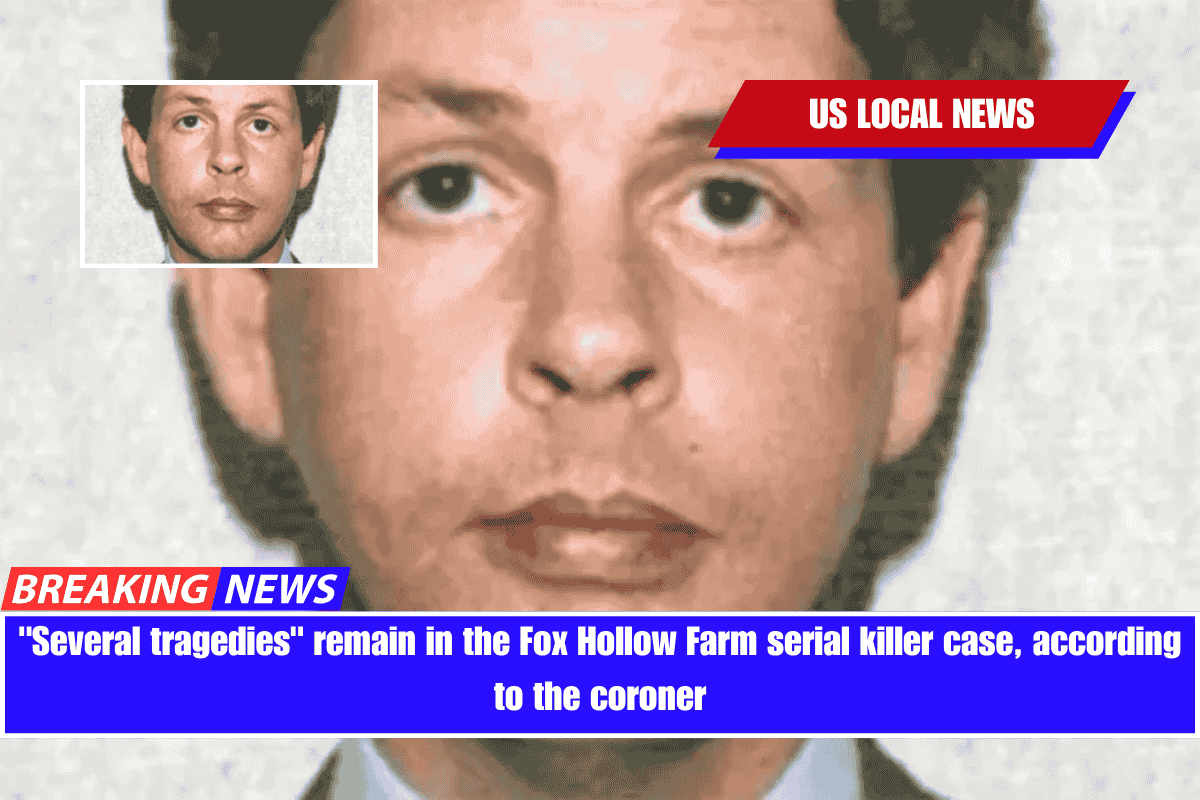
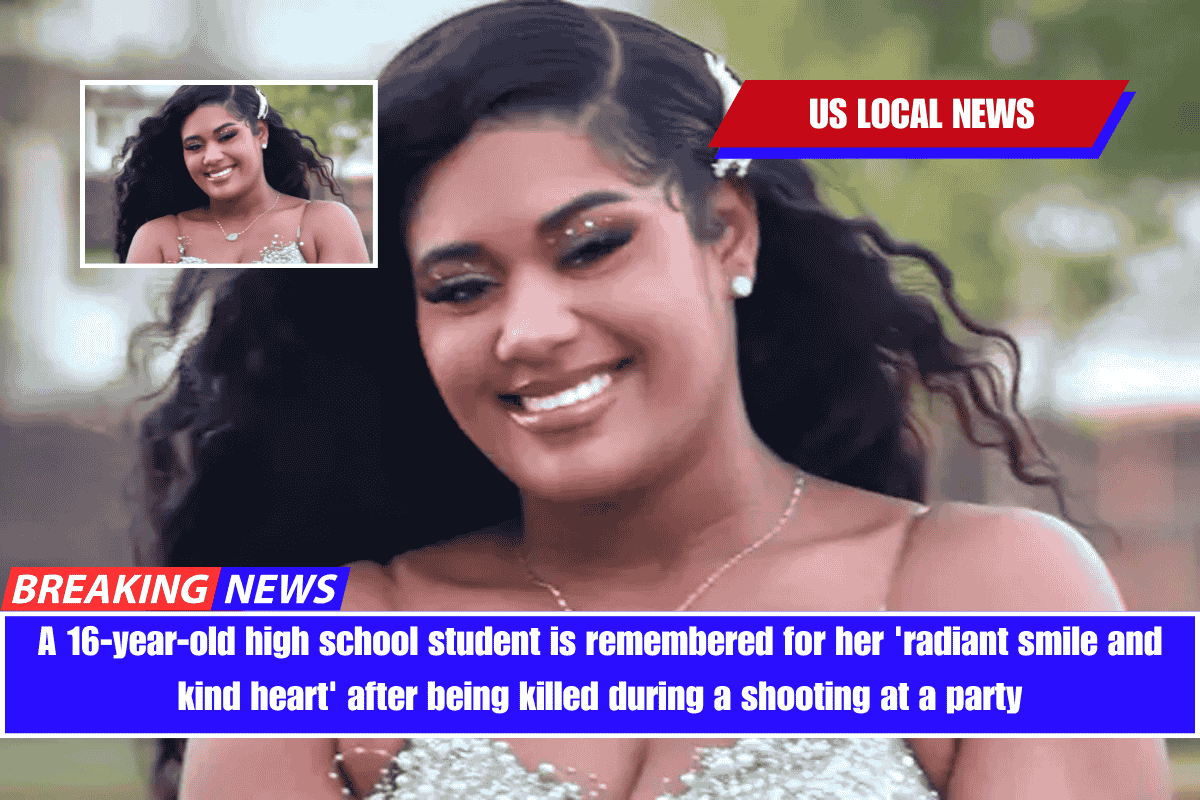
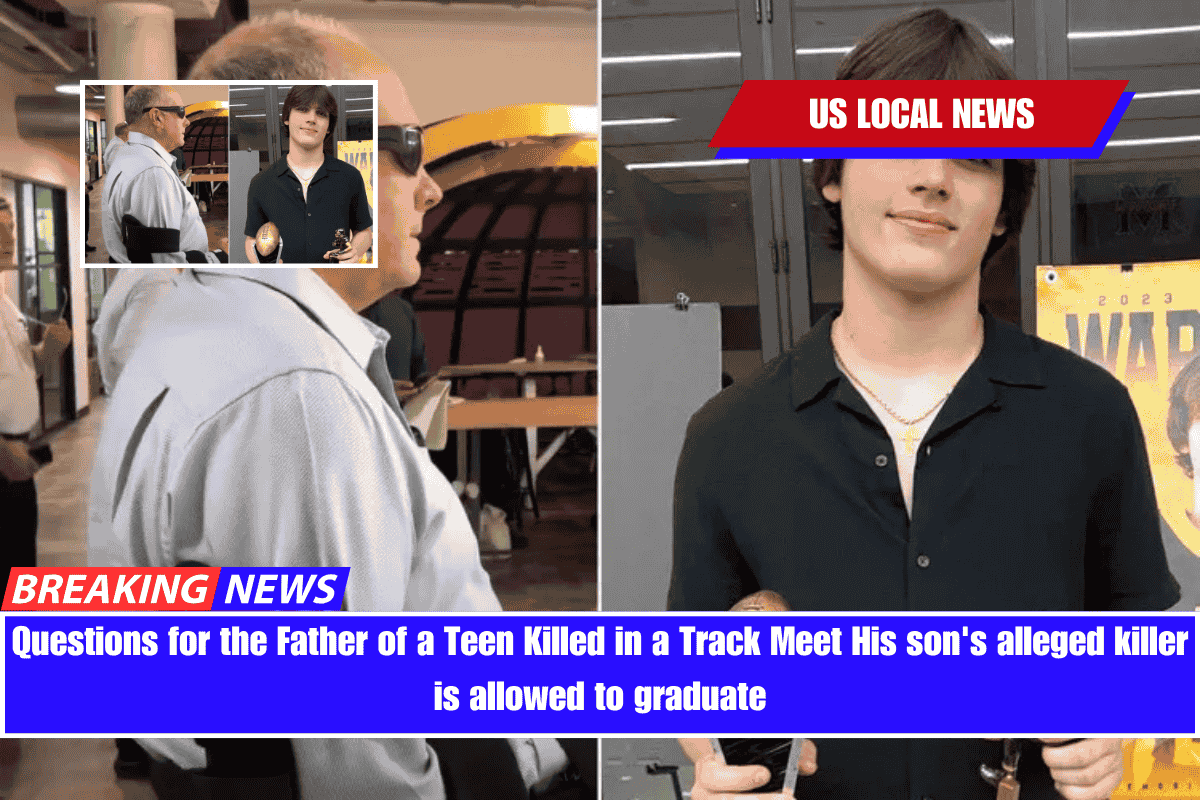

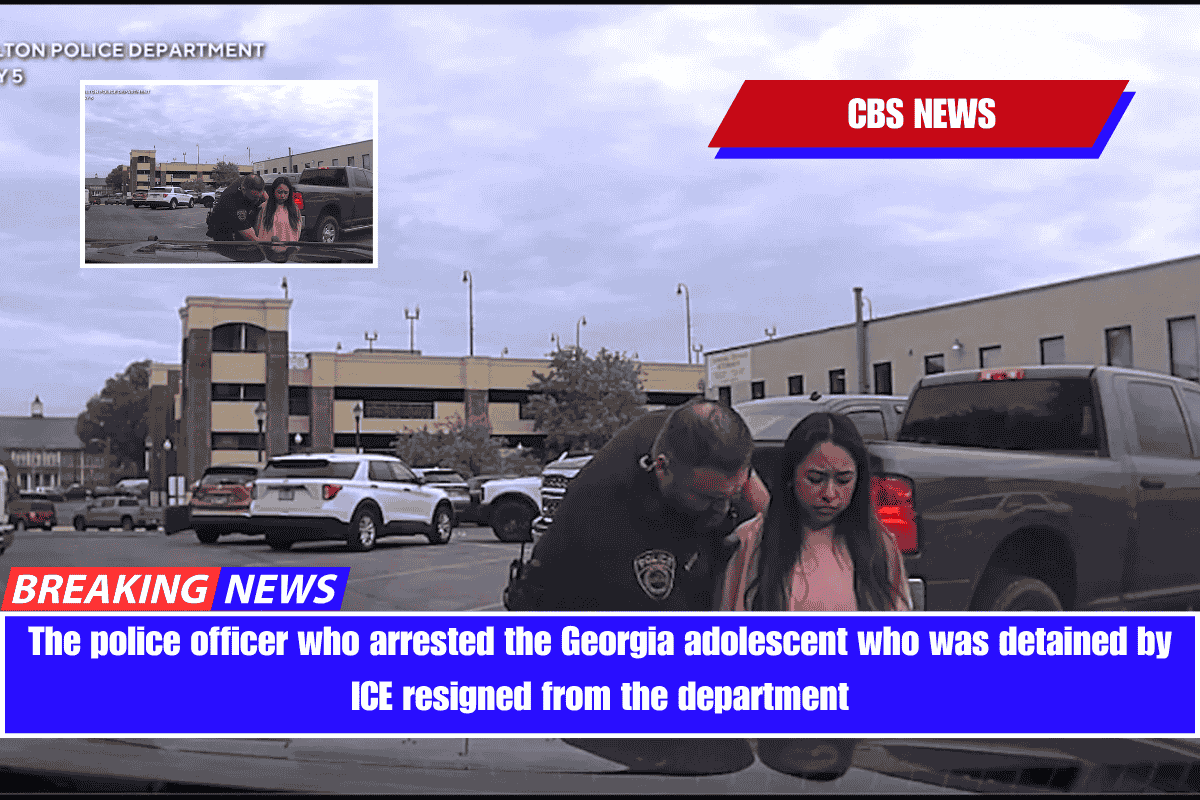


Leave a Reply